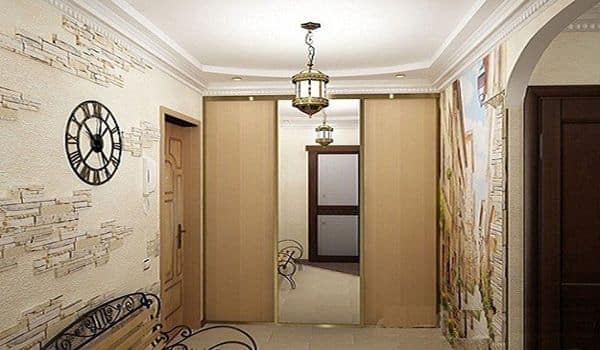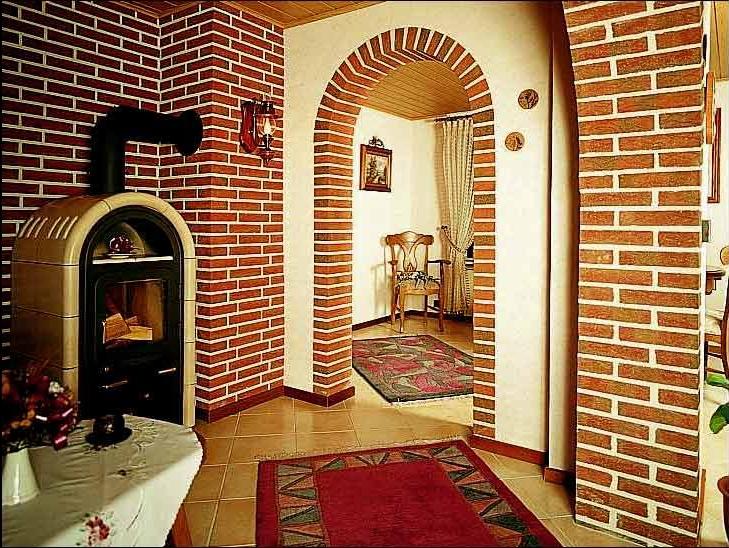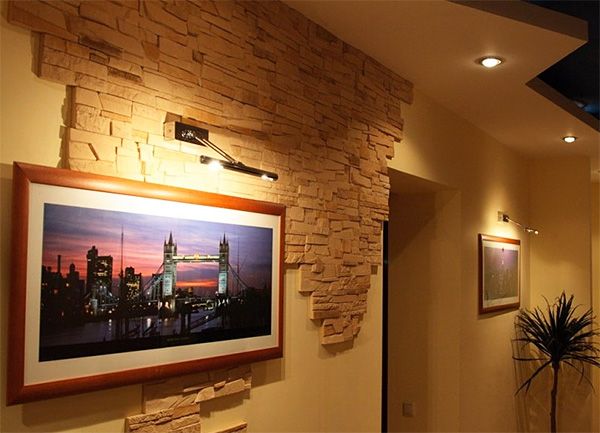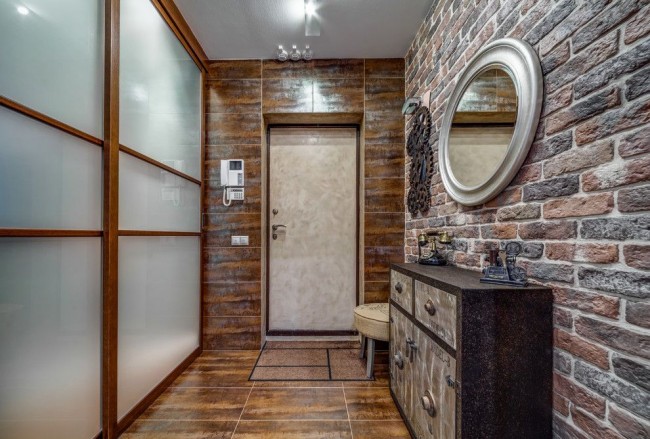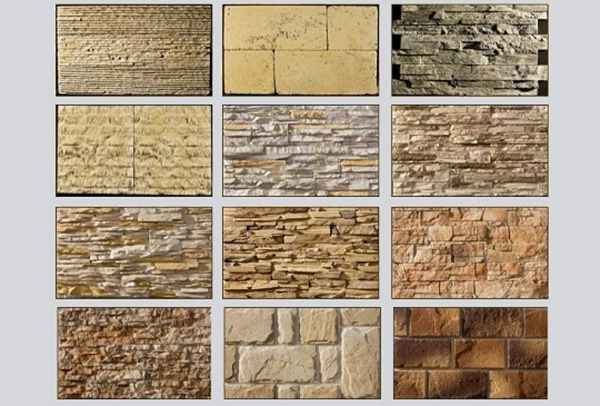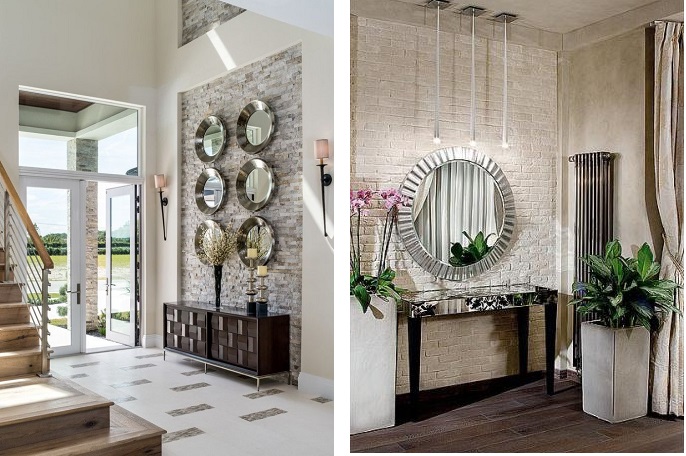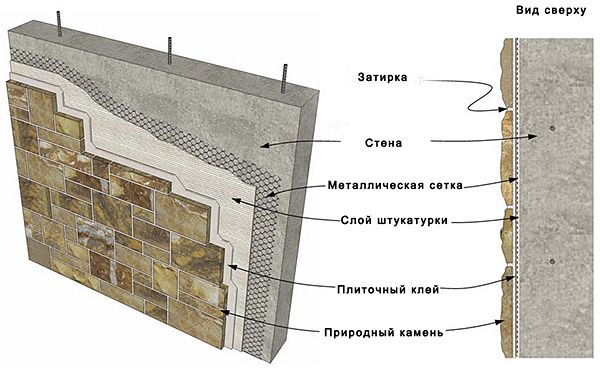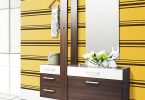Artificial stone is a striking and stylish finishing material that accurately imitates natural textures and colors. He is incredibly attractive, looks natural and natural. But you should not use stone for cladding the entire wall from ceiling to floor – this will turn out to be too rough stylization as a medieval knight’s castle. And the price of such coverage is quite high. Therefore, most often it is used with emphasis – for example, embossed bricks can perfectly frame a doorway.
Content
- All the benefits of decorative stone
- Types of artificial stone for interior decoration
- Basic installation rules
- Interesting design solutions
Decoration of doorways with decorative bricks
All the benefits of decorative stone
The following advantages of artificial stone can be distinguished:
- Light weight. The material weighs significantly less than a natural analogue, and therefore, its installation does not cause difficulties.
- Excellent performance – no tendency to corrosion, cracking, fungal infection and decay.
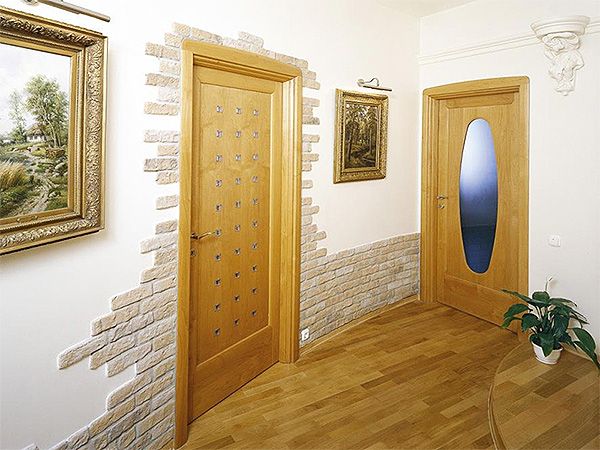
- Environmental friendliness – the coating can be used in residential premises without restrictions.
- Fire resistance – the coating does not burn.
- Durability – decorative stone is practically not subject to damage, abrasion. Its service life is over 15 years..
- Easy installation. Finishing is carried out quickly, does not require professional materials and special construction skills.
- The surface is very easy to clean, it is enough to clean it from time to time with soapy water.
Decorating the wall around the front door with stone
- Extensive range – all natural wood imitations available, from raw to polished, from luxury to budget.
- The material is perfectly combined with traditional wall surfaces – wallpaper, clapboard, plaster.
- Affordable cost.
Types of artificial stone for interior decoration
An artificial stone based on gypsum or colored concrete can be used for cladding internal surfaces..
Decorating the hallway in a private house with decorative stone
Features of gypsum stone
A stone made from a gypsum mixture is very easy to work with and very light – half the weight of its concrete counterpart. Therefore, such a finishing material is suitable if the walls in the hallway are sheathed with plasterboard (after all, you cannot create a large load on the frame here).
Gypsum decorative stone
Among the disadvantages of such a coating, one can single out relatively low strength and moisture resistance. In order to increase these characteristics, a polymer coating is applied on top of the gypsum surface during the production process. You can additionally process the walls after installation – with moisture-resistant acrylic varnish, for example.
Council. The assortment includes many textures, sizes and colors – there are even models with a white unpainted surface, which you yourself can paint in any, the most incredible colors.
Plates are cast from gypsum material
The nuances of using colored concrete stone
Concrete requires a special tool for processing – the cut is carried out only with an angle grinder with a diamond disc. The material is heavier than gypsum – it weighs approximately 9 kg per square meter and is 15-20% more expensive than the previous coating.
Texture options
It will not be difficult to choose linear and angular modules in the range. However, it should be borne in mind that elements designed to decorate corners are twice as expensive as flat ones. Therefore, home craftsmen for the most part decide to save money, carefully joining even tiles in the corners.
Basic installation rules
Decorating the walls in the hallway with artificial stone begins with a thorough preparation of the base. At this stage, all existing coatings are carefully removed, and then cracks are closed and irregularities are eliminated. The application of a new plaster layer will be required if there are differences in heights of more than 5 mm on the wall. Also, the base is necessarily primed, which ensures better material adhesion..
The technology of mounting decorative stone on the wall
Council. Before wall mounting, a preliminary floor layout should be done. This will help provide more natural color transitions and no gaps..
Stone tiles are glued with liquid nails or special glue for gypsum. A universal cement composition is also considered a suitable adhesive mixture, but it must be applied very carefully, constantly monitoring so that streaks and stains do not occur. The stone must be glued to the level.

